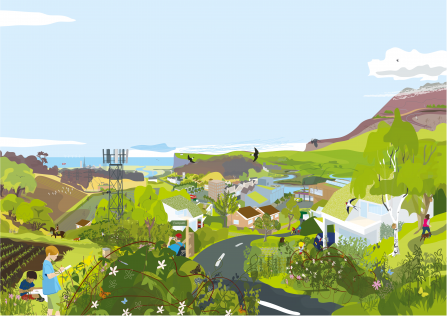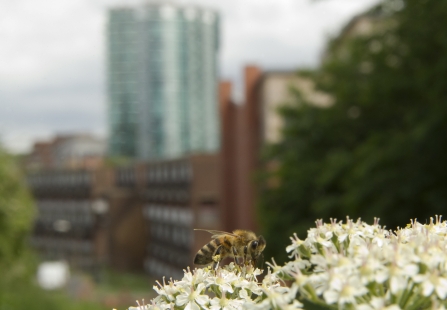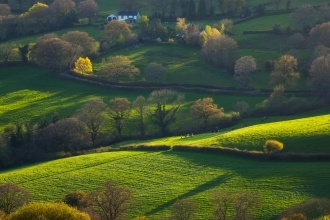People are waking up to the damage we are doing to our planet. Wildlife is in freefall with more than half of all species in steep decline, seas full of plastic, rivers drying out, soils lifeless, air polluted, and the threat of runaway climate change. People are becoming less and less connected to the natural environment.
The UK is one of the most nature depleted countries in the world, and the pressure we are putting on our environment has a massive long term economic and social cost.
We at the Wildlife Trust are campaigning for a ‘Wilder Future’– there is no time to waste, we need to act now to restore nature and our connections to it, before we reach crisis point.




